When it’s too Hot to Mow Your Lawn!
A healthy lawn provides you and your family with a green, lush and welcoming environment. However, when temperatures rise and the harsh summer sun beats down on your lawn, the ...

Following a long hot summer, most of your lawn’s autumn care work involves returning it to good health for the cooler months when the grass can go dormant.
Below are seven tips to keep your lawn vibrant this autumn.
Following a busy summer of traffic from parties, kids and pets your lawn’s soil could be compacted.
Soil compaction means your lawn’s roots are not able to receive enough, water, oxygen or nutrients.
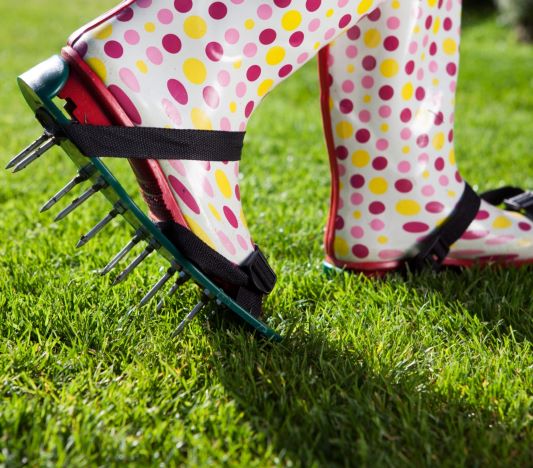 The must-do activity for autumn is to aerate which helps de-compact the soil and allows water and air to move down into the profile.
The must-do activity for autumn is to aerate which helps de-compact the soil and allows water and air to move down into the profile.
The process is easy – drive a fork halfway down into the ground and wiggle it, remove, repeat across the lawn.
Also, always be careful of any underground irrigation lines when aerating.
If you have a large lawn area, it can pay to hire a coring machine or aerator.
Learn more about Aeration.
Before you start your autumn care prep make sure your lawn is free of weeds.
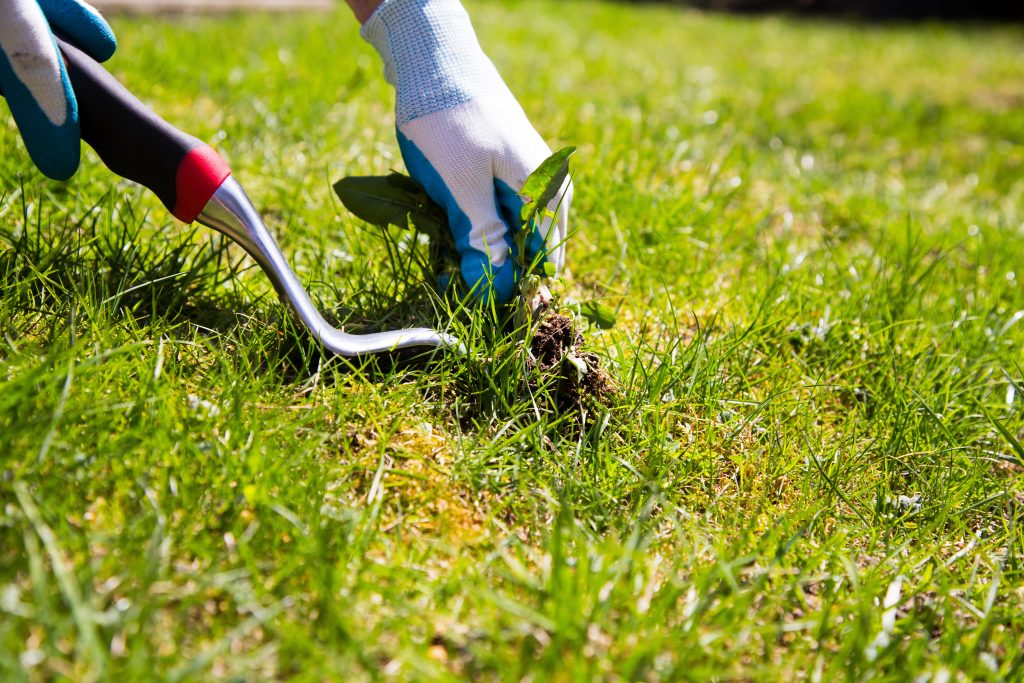 Depending on the size of your lawn you may be able to remove weeds by hand.
Depending on the size of your lawn you may be able to remove weeds by hand.
Typical examples of Broad-Leafed weeds are; White Clover, Plantain, Capeweed, Cat’s Ear, Bindii, Cudweed and Creeping Oxalis.
If your lawn has too many weeds to remove by hand we recommended an effective liquid herbicide – Bow and Arrow 500mL.
Bow and Arrow is suitable for use on Zoysia, Kikuyu, Couch and Buffalo grasses however transient discolouration may occur on Kikuyu, Carpet and Queensland Blue Couch lawns.
Application of Bow and Arrow is easily done with the appropriate spray equipment.
For more info on Top 10 Weeds found in lawns.
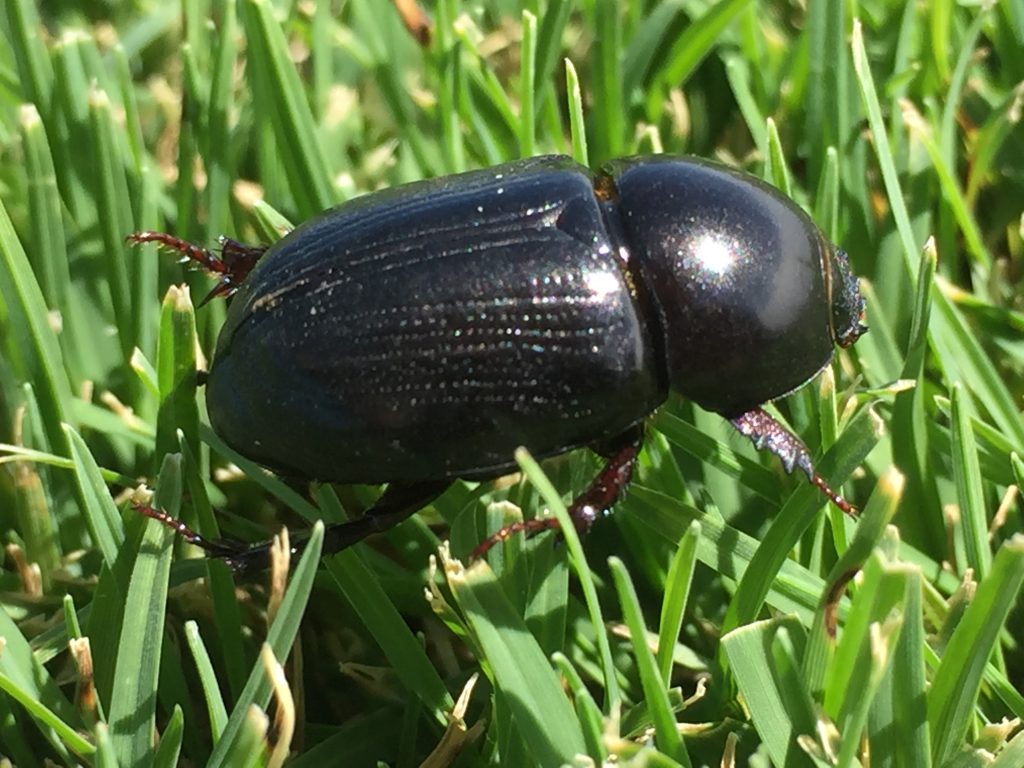 Lawn pests are often rife after a long hot summer due to humid and dry conditions that have stressed out your lawn and made it more susceptible.
Lawn pests are often rife after a long hot summer due to humid and dry conditions that have stressed out your lawn and made it more susceptible.
The best plan is to first try and identify what pest you have on your lawn and then ask your Local Garden Centre what the appropriate insecticide to use.
The most common lawn insect pests are Curl Grub (the larvae of beetles like the African Black Beetle) and Lawn Army Worm.
myhomeTURF’s online shop has a wide range of insecticides that are safe to use on most grass varieties. Always check the label before use.
Like with lawn pests, diseases can appear after a long hot summer when the grass is tired and stressed.
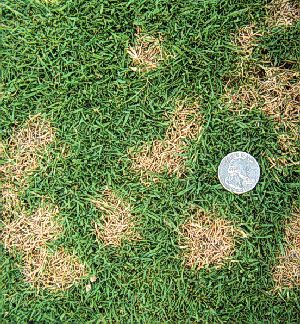 Many common lawn diseases include Brown Patch and Dollar Spot, which appear as dying spots and patches of lawn.
Many common lawn diseases include Brown Patch and Dollar Spot, which appear as dying spots and patches of lawn.
Lawn diseases can also be more common in areas with compacted or poorly drained soil.
The trick to controlling lawn diseases is to keep your lawn healthy and well fed.
The most common lawn diseases can be controlled with an effective fungicide which can be found at the myhomeTURF online shop.
Always check the fungicide’s label to ensure it is safe to use on your lawn variety.
Fertilising at the start of autumn is the best way to green-up your lawn and make it stronger, and better able, to resist damage from extreme cold, even frost.
Autumn fertilising also helps a lawn’s recovery from any stress it may have faced at the end of summer from pests and diseases.
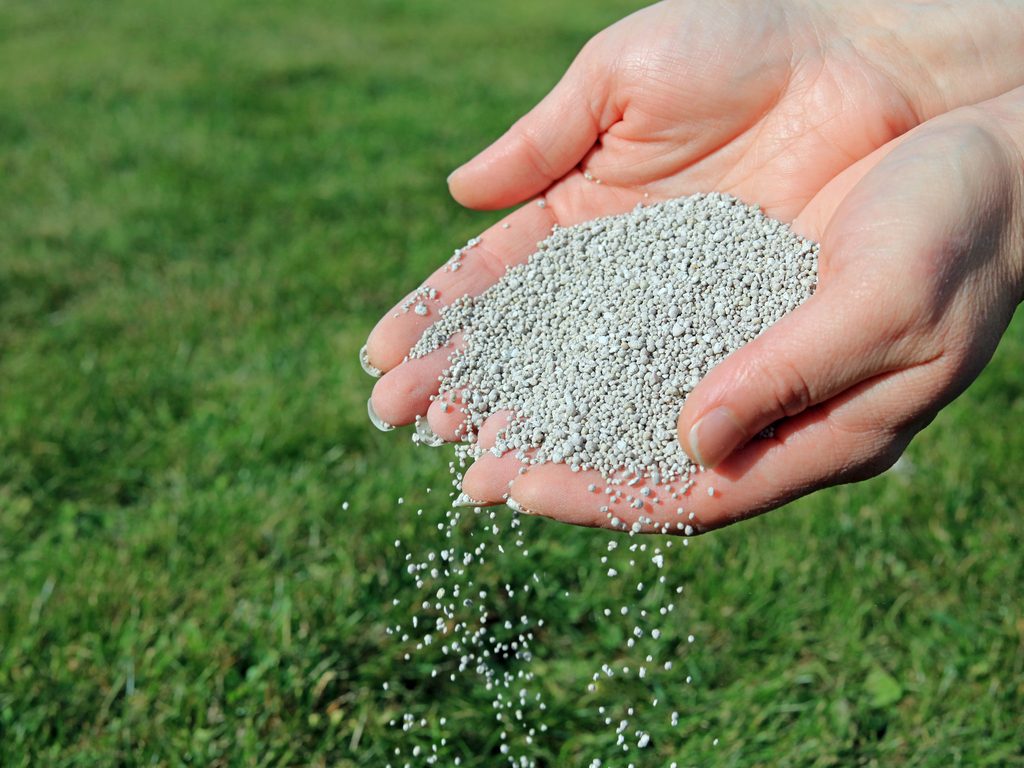 Your autumn fertilising application will firstly be determined by the sort of grass you have (warm or cool season).
Your autumn fertilising application will firstly be determined by the sort of grass you have (warm or cool season).
For both warm and cool-season grass types, mid-autumn represents a great time to fertilise.
For warm season grass, slow release fertilisers are great for building your lawn’s strength over an extended period in the lead up to winter.
An ideal slow release granular fertiliser is Maintain Mini 26-2-9 + 3.4 Fe 20kg has become one of the most popular granular all-round lawn fertilisers on the market with the active ingredients of Nitrogen (N – 26), Phosphorus (P – 2), Potassium(K – 9) and Iron (Fe – 3.4).
For cool season grasses the worst of the summer heat has passed, so they will respond well to a meal in order to mend themselves.
The myhomeTURF online shop has a wide range of fertilisers. The different types of fertilisers available are:
During autumn if you notice the leaf blades on your lawn starting to wilt then it is time to water.
Remember windy, warm autumn weather can be just as drying for your lawn as a hot, summer’s day.
During autumn it is best to water in the mornings as evening watering can encourage fungus growth when the lawn stays damp overnight.
Water your lawn early in the morning thoroughly for about 15 minutes, twice a week, so your lawn can absorb the moisture more effectively.
By watering your lawn thoroughly and deeply you encourage the development of strong root growth in your lawn.
If you are short of water – water only the parts of the lawn that are drying out or where you want it to stay green.
Ever wondered about reducing water usage on home lawns?
In autumn, your lawn is storing energy for winter therefore mowing frequency should decrease to allow growth.
Raise your mower height around mid to late autumn to ensure a larger leaf surface area.
Before mowing clear any leaves to allow your lawn as much sunlight as possible.
If your lawn doesn’t need mowing but has lots of leaves, raise your mower’s cutting height to the limit, fit the catcher and use it like a vacuum cleaner.
For more info on when you should or shouldn’t mow with a catcher.
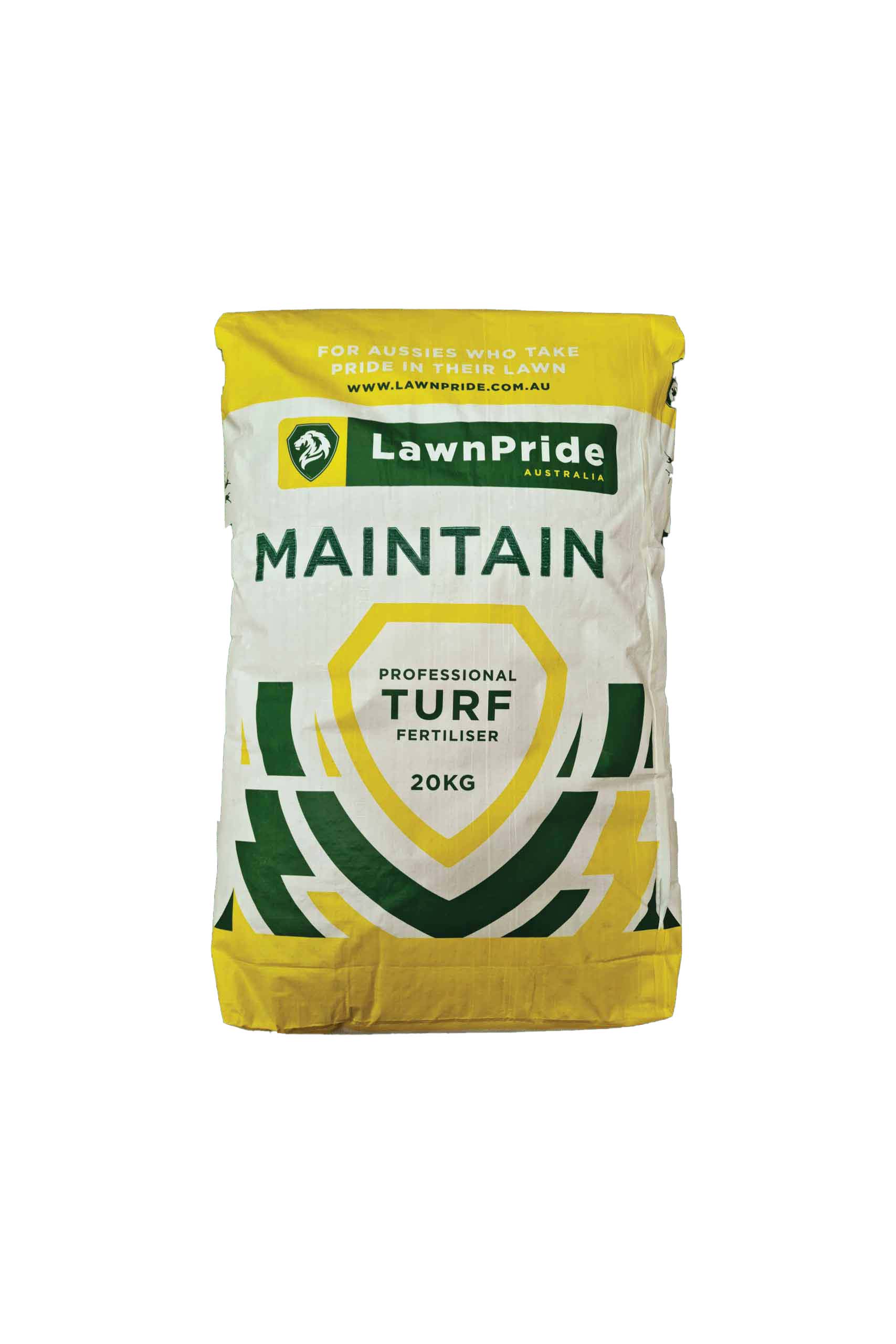
Lawn Pride Maintain 26-2-9 + 3.4 Fe 20kg is one of the most popular granular all-round lawn fertilisers on the market with the active ingredients of Nitrogen (N – 26), Phosphorus (P – 2), Potassium(K – 9) and Iron (Fe – 3.4). Suitable for Zoysia, Kikuyu, Couch and Buffalo grasses. Always read the safety directions and instructions on the product label before use.
SHOP NOW